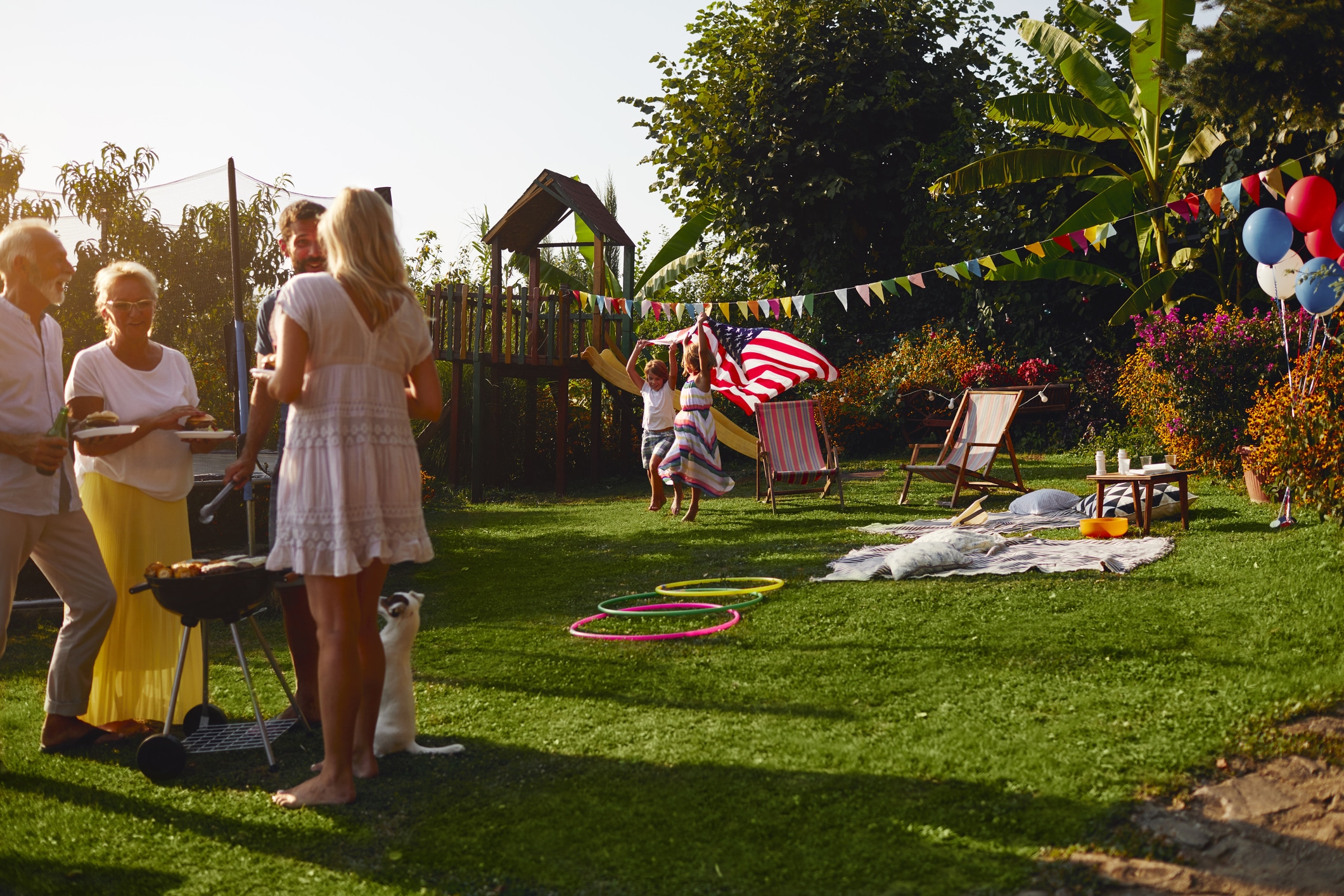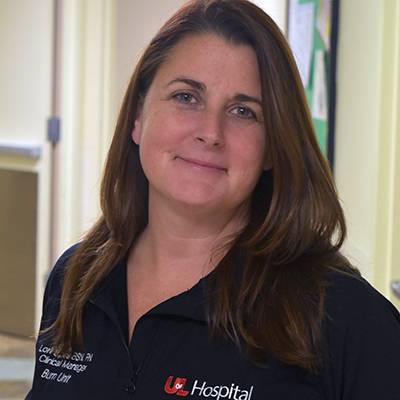
It’s time to fire up the grill and light the campfire to ring in the U.S.A.’s birthday!
UofL Hospital Burn Center, home to the only level I adult burn unit in the region, wants to make sure that your holiday celebration is a safe one and free from any burn or fire-related injuries.
Keep these helpful tips in mind:
Grilling out:
• Propane and charcoal BBQ grills should only be used outdoors.
• Place grill well away from the home, deck railings and out from underneath any overhangs or branches.
• Keep children and pets at least three feet away from the grill area.
• Keep your grill clean by removing grease or fat buildup from the grills and in trays below the grill.
• Never leave your grill unattended.
• Always make sure your gas grill lid is open before lighting it.
• If you use a starter fluid, use only charcoal starter fluid. Never add charcoal fluid or any other flammable liquids to the fire.
• When you are finished grilling, let the coals completely cool before disposing in a metal container.
• Have baking soda on hand to control a grease fire and a fire extinguisher nearby for other fires. If you don’t have a fire extinguisher, keep a bucket of sand next to the grill. Never use water to put out a grease fire.
Campfires:
Did you know 70 percent of campfire burns are caused by embers rather than flames? Here is what you need to know:
Do
• Build your fire in a designated ring/pit at least 15 feet away (preferably downwind from tent, brush and other flammable objects).
• Talk to children about campfire safety.
• Keep children at a safe distance with a “circle of safety” at least three feet from the fire edge.
• Keep the fire small and manageable, with water nearby.
• Completely extinguish the fire and coals by pouring water, stirring, and pouring water again until it is cool. Never bury a fire. Fire pits retain heat up to 12 hours after being extinguished – hot enough to cause a severe burn.
Don’t
• Use an accelerant such as gasoline, kerosene or aerosol sprays to start a fire
• Leave a fire unattended – EVER!
• Throw anything other than wood into the fire
• Build a fire if conditions are dry or if forest fire danger is high
• Assume the fire pit is safe when arriving at a campsite. Coals from previous campers can still be hot!
Sources:
American Burn Association
National Fire Protection Agency









